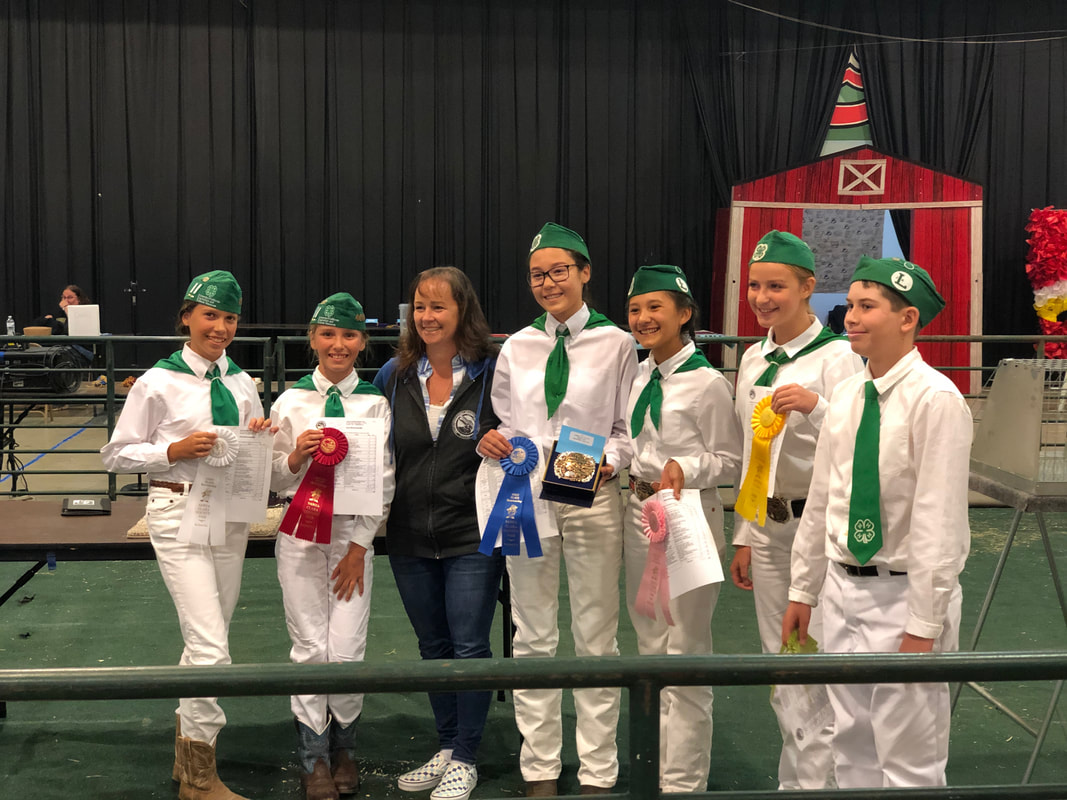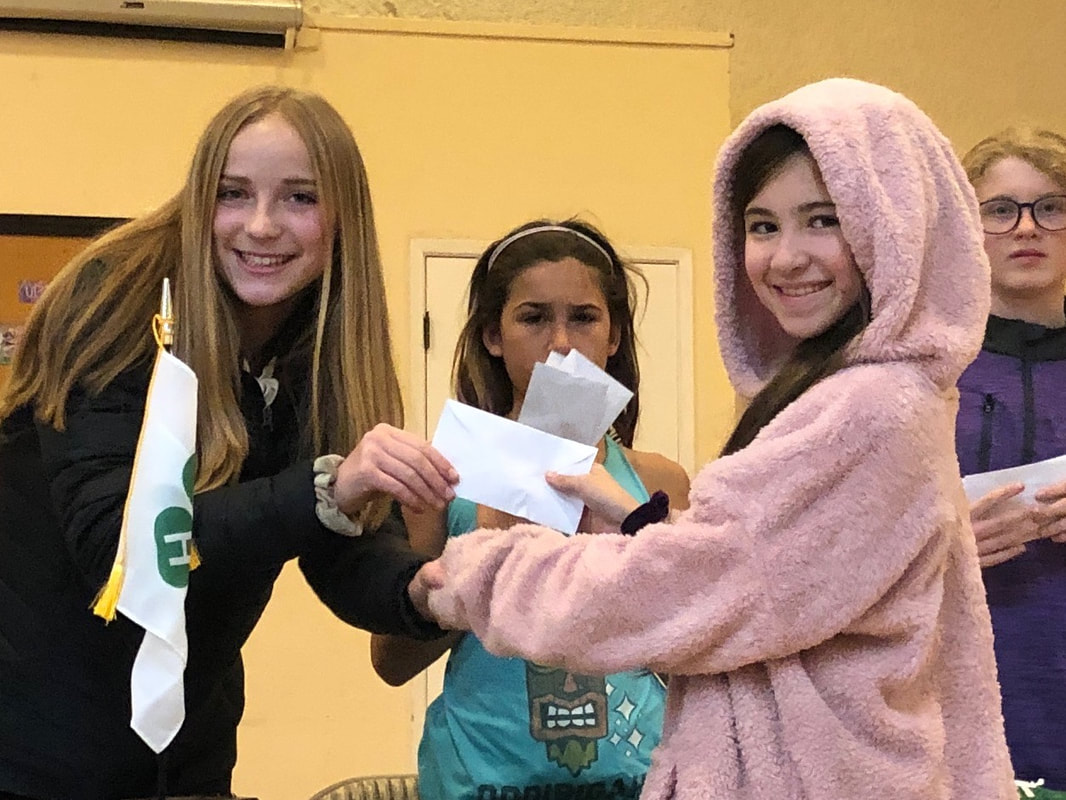|
|
|
4-H is an international organization managed at a local level by the University of California Cooperative Extension. The 4-H Youth Development Program promotes hands-on learning for youth 5-19 years old. Management of the 4-H Program is based on parent and volunteer participation. 4-H welcomes all youth (and adult volunteers) from all backgrounds in all locales (rural and urban). The University of California Division of Agriculture and Natural Resources 4-H Youth Development Program says about 4-H, "Youth are encouraged to discover their passions, adopt a growth mindset, practice self-reflection and set goals. 4-H projects and programs are focused around core content areas of citizenship, healthy living, and science, technology, engineering, and math."
Each local 4-H Club (such as El Sereno) is run by youth with the help of two or more adult volunteers. The Club usually has one meeting a month where all members attend. This meeting is run by elected club officers and covers general club business. Each Club offers multiple projects. Each project focuses on a topic - anything from animals to cooking to crafting. Projects are taught by older youth and/or adult volunteers and generally meet one or more times a month. Sounds like fun? Click here to learn more about joining El Sereno 4-H. |
|
"Since 4‑H began more than 100 years ago, it has become the nation’s largest youth development organization. The 4‑H idea is simple: help young people and their families gain the skills needed to be proactive forces in their communities and develop ideas for a more innovative economy...4‑H opened the door for young people to learn leadership skills and revolutionized how youth connected to practical, hands-on learning experiences outside the classroom." (4-H.org)
|
"4‑H empowers young people with the skills to lead for a lifetime. It’s a research-based experience that includes a mentor, a hands-on project, and a meaningful leadership opportunity...4‑H reaches almost six million young people through our community of 100 public universities. Programs are delivered by 3,500 4‑H professionals and 500,000 volunteers. Young people experience 4‑H through school and community clubs, in-school and after-school programs and 4‑H camps." (4-H.org)
|




